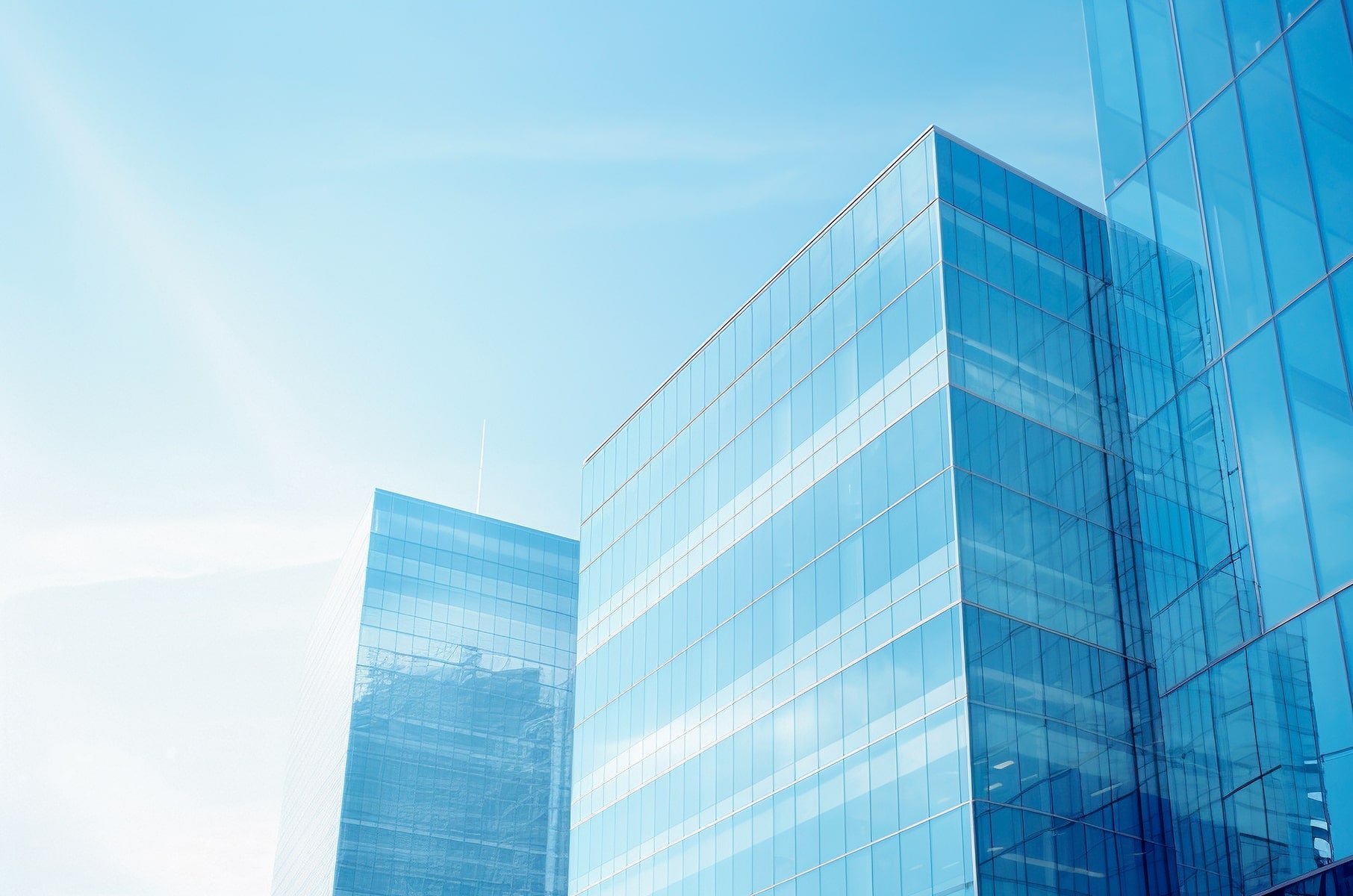
Waterproofing repair work
Providing tailored renovation methods suitable for each building, including material selection and construction methods
Waterproof repair and renovation work for waterproof layers on roofs, balconies, and other areas. Issues such as leaks often occur when the lifespan of the waterproofing has been exceeded or due to cracks in the building. Since water leakage can degrade the building's value, prompt action is required at an early stage.
Additionally, with appropriate renovation, even older buildings can restore their functionality and performance, thereby preserving their asset value. To maintain value while addressing aging deterioration, regular inspections and renovation planning are necessary.

What is Waterproofing Work?
It is the process of creating a waterproof layer on areas of a building exposed to rain, such as rooftops and roofs, to protect the building from water damage
Roofing and rooftops of buildings are constantly exposed to harsh conditions such as sunlight, UV rays, and rain. These elements, along with chemical factors like heat, acids, and alkalis, accelerate the deterioration of the building. When leaks or water infiltration occur, they can cause significant damage to the building's structure. To prevent this, waterproofing work involves creating a waterproof layer to block water. There are various methods depending on the areas to be waterproofed, the types of materials used, and their combinations.
Waterproofing work tends to be judged by how good it looks, but rainwater can enter through even the smallest gaps, so it is important that waterproofing treatment be applied perfectly, even to areas that are hidden at first glance.
Waterproofing Method Type
- WATER PLOOFING -
Waterproofing is the long-term protection of buildings and structures from rain, snow, water, and ultraviolet rays. We propose waterproofing work that is suited to the building and structure of the customer and that can last for a long time with peace of mind. There are two main types of construction methods, and it is important to select the appropriate waterproofing measures according to the condition of the building.
adhesion method

A construction method that adheres a waterproof layer directly to the substrate to prevent water infiltration. Advantage: Short construction period and high cost performance. On the other hand, its disadvantage is that it is easily affected by the substrate because it is applied directly to the substrate. Used for waterproofing rooftops and interior walls, and effective for buildings with high rigidity.
Insulation method

This method does not adhere the waterproof layer to the substrate, but creates an air layer between the substrate and the waterproof layer. This method is not affected by the substrate and has a longer life than the adhesion method, but it is more expensive and is not suitable for places where there is a lot of pedestrian traffic or heavy objects are placed because there is an air layer in between.
Types of Waterproofing
- WATER PLOOFING -
The type of construction work varies depending on the material used for each of the adhesion and insulation methods. Here we introduce two typical types of construction, one for adhesion and the other for insulation.
Adhesion method
Urethane waterproofing
Since the waterproof layer is light, it does not put much stress on the building, and it also has the advantage of being applicable to complex shapes. Re-coating the topcoat will prevent deterioration over the long term.

FRP waterproofing
It has high acid resistance and provides long-term protection against acid rain and ultraviolet rays, which are sources of deterioration. Compared to other types of waterproofing, it can be installed in a short period of time because of its short curing time.

Insulation method
Rubber sheet waterproofing
A method in which rubber sheets are bonded and fixed to the substrate. This method is easy to work with and cost-effective, but the edge of the sheet is difficult to process, so the skill of the installer is required.

Vinyl chloride sheet waterproofing
It has higher durability than rubber sheets. It can be used for a variety of applications, and the construction method of integrating and bonding by heating, etc., provides a beautiful finish.
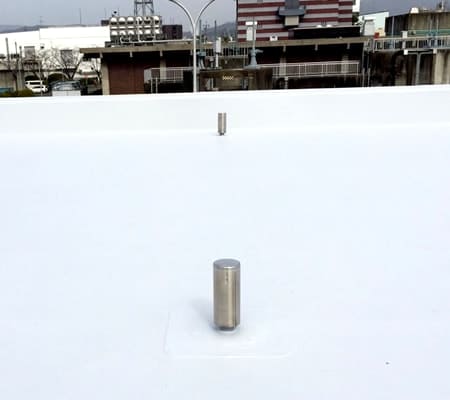
Flow of waterproofing work
- WATER PLOOFING -
This is the general flow of waterproofing work. The process varies depending on the construction method, but the general flow is as follows. Please feel free to contact us if you have any questions or concerns.
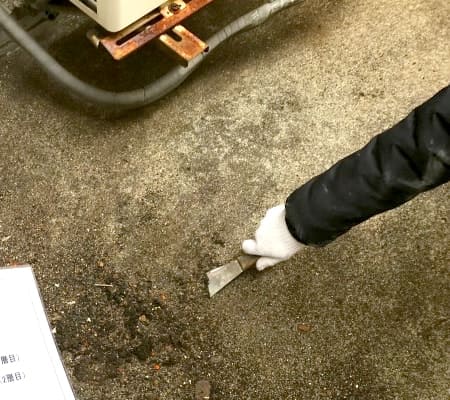
1
cleaning
A large amount of dust, dirt, moss, and other debris accumulates during construction on rooftops. It is meaningless to install a waterproof layer without first removing them cleanly.
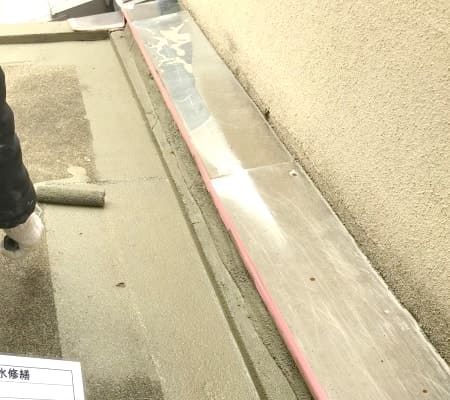
2
prefinishing
If there are any cracks in the installation area, we will treat those areas. As with cleaning, this must be done carefully or it will cause leaks later.
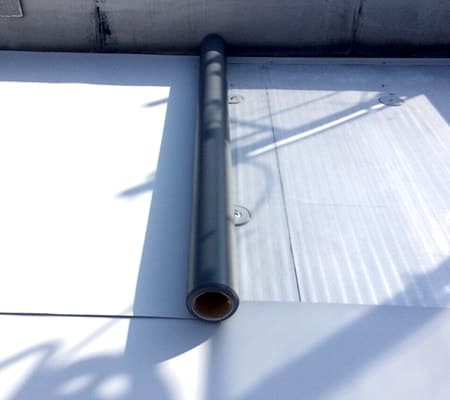
3
Sheet construction (for insulation)
After the treatment of 1 and 2, a primer is applied to improve the adhesion of the coating film. After that, waterproof sheets are applied to the entire surface to prevent air from entering.

4
Waterproof layer construction
Finally, the waterproof layer is formed. For waterproofing that needs to be applied twice, such as urethane waterproofing, the waterproofing layer is applied again after it has dried thoroughly.
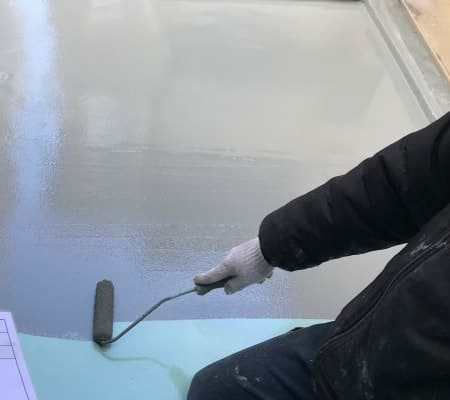
5
Waterproof layer construction
Two coats of this topcoat will increase the durability of the waterproofing layer, and the finished surface will be more beautiful. This topcoat also protects the waterproof layer.

6
Completion of construction
After drying thoroughly, the construction is complete. The important thing with waterproofing is not to wait until there is a leak before taking action, but to inspect regularly and take necessary measures as soon as possible.
